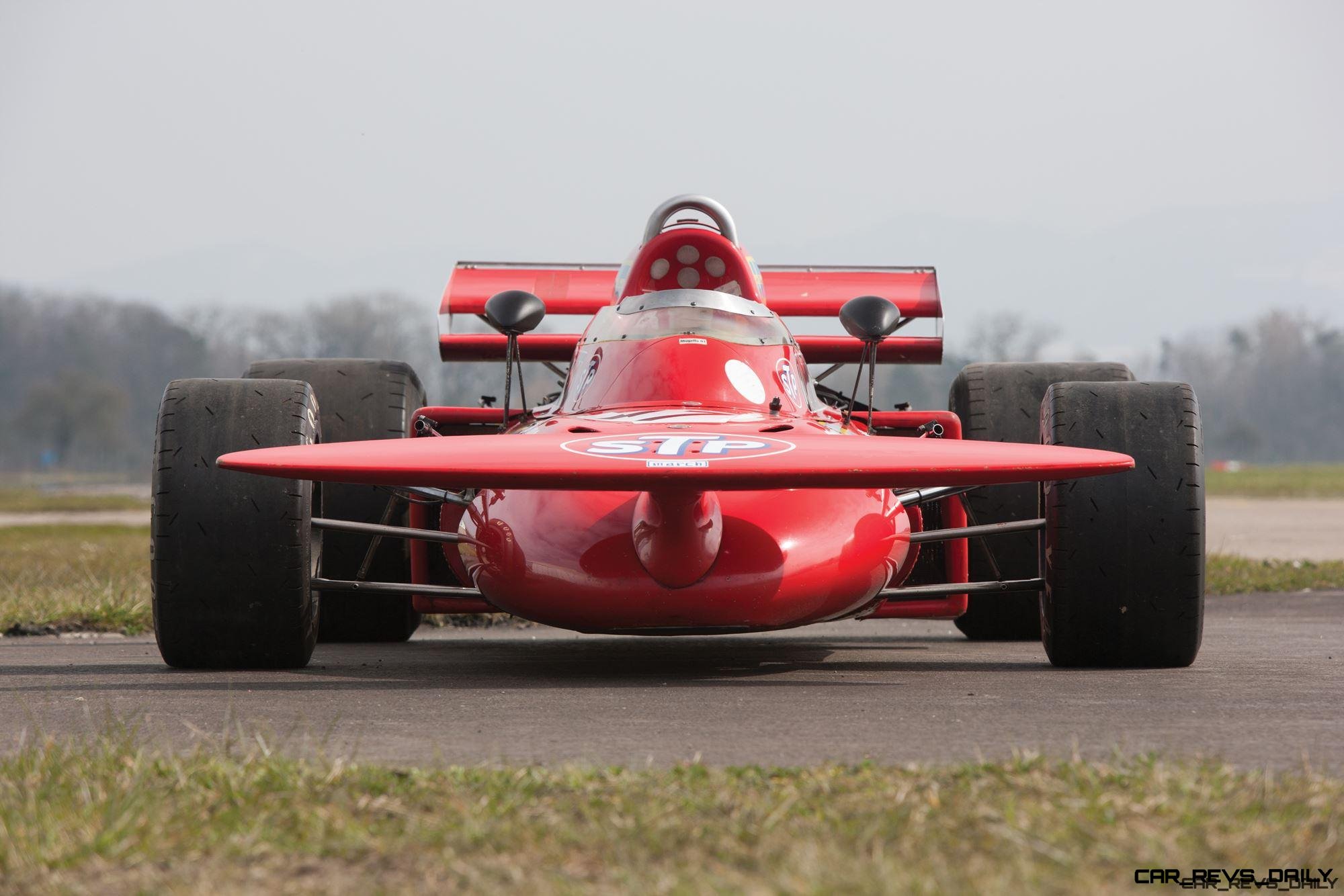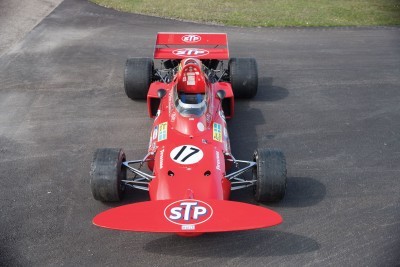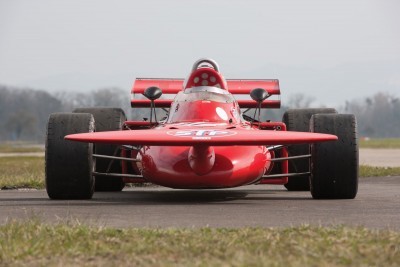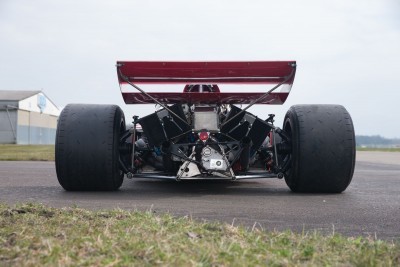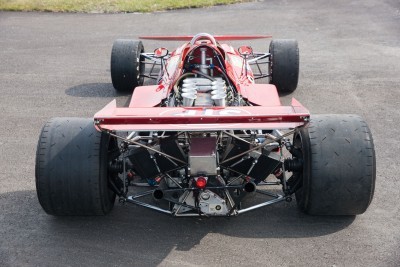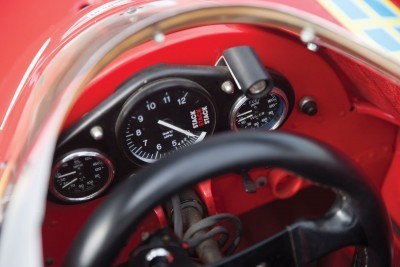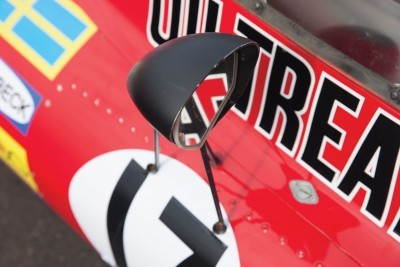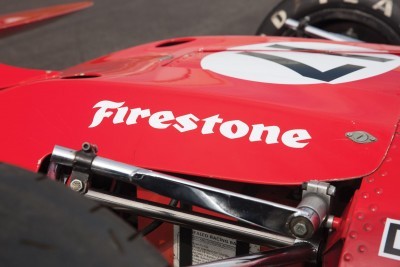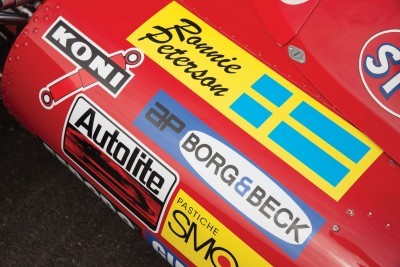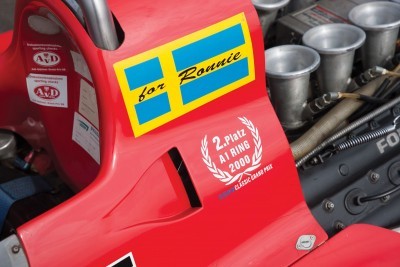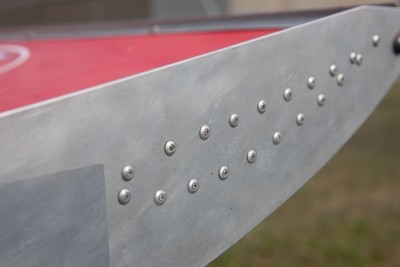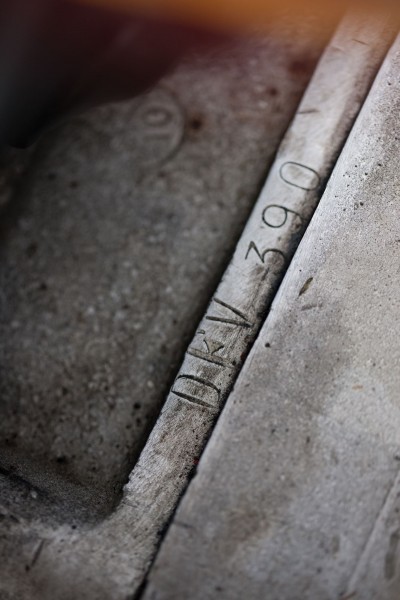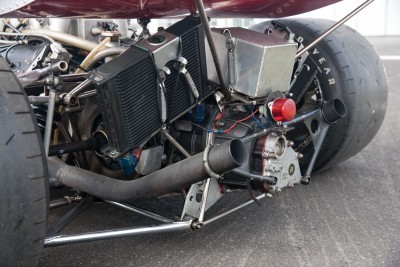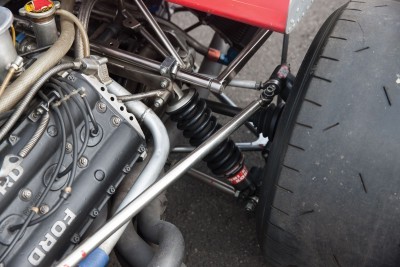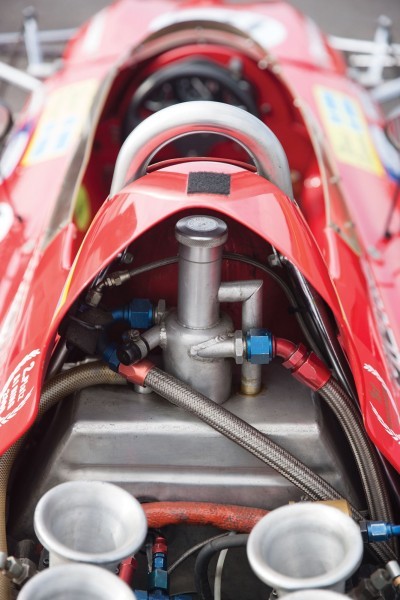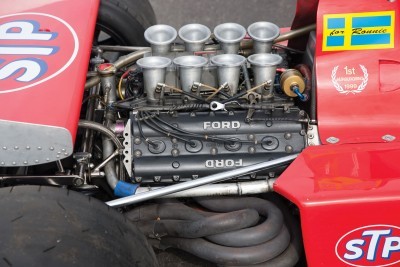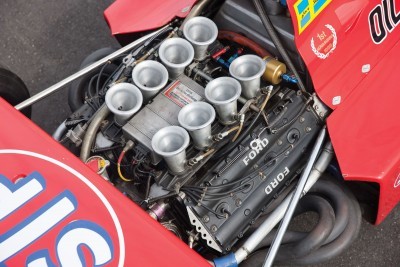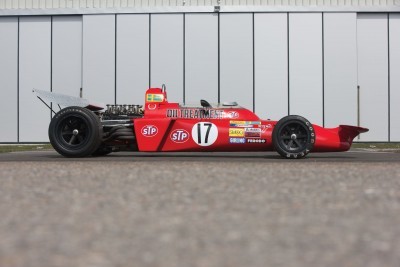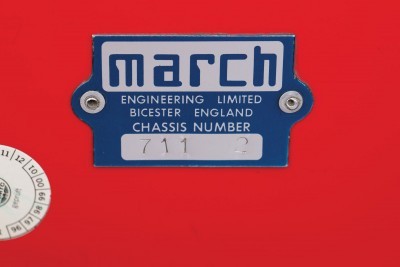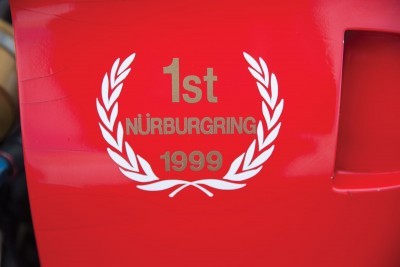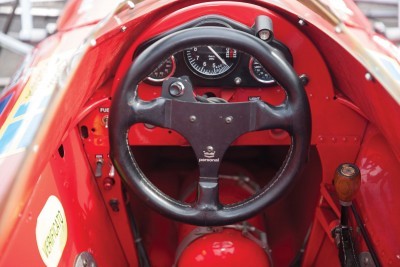What March lacks today in brand recognition, it more than made up for in its prime via engineering brilliance.
You even get that sense looking at this F1 racer today. Its aero is intense, but not a defining element of the car. The glory in the March 711 would be mostly left to driver skill. Massive rubber all around was the key to rapid corner exits for this car, much more than its primitive wings in the nose and tail. The oval aero plane in front earned the nickname Spitfire as well as ‘tea tray’ out on the GP circuit. While ungainly, it does appear to have been effective above 100-mph.
This very car won second place at the 1971 Monaco GP and was the first F1 car driven by legend Niki Lauda.
The auction next month will be a homecoming for the machine, and we wish it a fond journey.
RM Monaco 2016 – 1971 March 711 F1 Car
RM Sotheby’s
Monaco
14 May 2016
1971 March 711
- Chassis no. 711-02
- Engine no. DFV 390
Photo Credit: Jon Green ©2016 Courtesy of RM Sotheby’s
450 hp, 2,993 cc Ford-Cosworth DFV V-8 engine with dual overhead camshafts and Lucas mechanical fuel injection, five-speed manual transaxle, front and rear independent suspension with coil springs and telescopic shock absorbers, and four-wheel ventilated disc brakes. Wheelbase: 2,440 mm
- First Formula 1 car ever raced by Niki Lauda
- 2nd Overall at the 1971 Monaco Grand Prix
- Eight examples produced; the only one known to be original
- Documented with correspondence from March Principal Robin Herd
- Single ownership for 43 years; recent historic racing campaign
- Accompanied by FIA and extra sets of racing wheels
With its revolutionary aerodynamic body and highly developed chassis, the March 711 was one of the more influential Formula 1 cars of its era. Named for founders Max Mosley, Alan Rees, Graham Coaker, and Robin Herd, March first appeared in 1969 with an ambitious plan to compete in as many as five different racing series. By the 1971 season, however, the company came to place greater emphasis on its F1 endeavours.
Engineer Robin Herd learned from the experiences of the March 701 during 1970, ever more convinced that aerodynamic considerations would be the key to success. With an improved chassis design by Lotus veteran Geoff Ferris, the succeeding 711 was wrapped in an unusual shell designed by the brilliant aerodynamicist Frank Costin. The most eccentric feature of the bodywork was a front airfoil mounted atop the nose that resembled the wing of a Spitfire fighter plane, a downforce-inducing component that was soon nicknamed the Spitfire (or the Tea Tray).
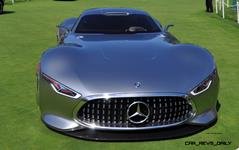
Tom Burkart is the founder and managing editor of Car-Revs-Daily.com, an innovative and rapidly-expanding automotive news magazine.
He holds a Journalism JBA degree from the University of Wisconsin – Madison. Tom currently resides in Charleston, South Carolina with his two amazing dogs, Drake and Tank.
Mr. Burkart is available for all questions and concerns by email Tom(at)car-revs-daily.com.

